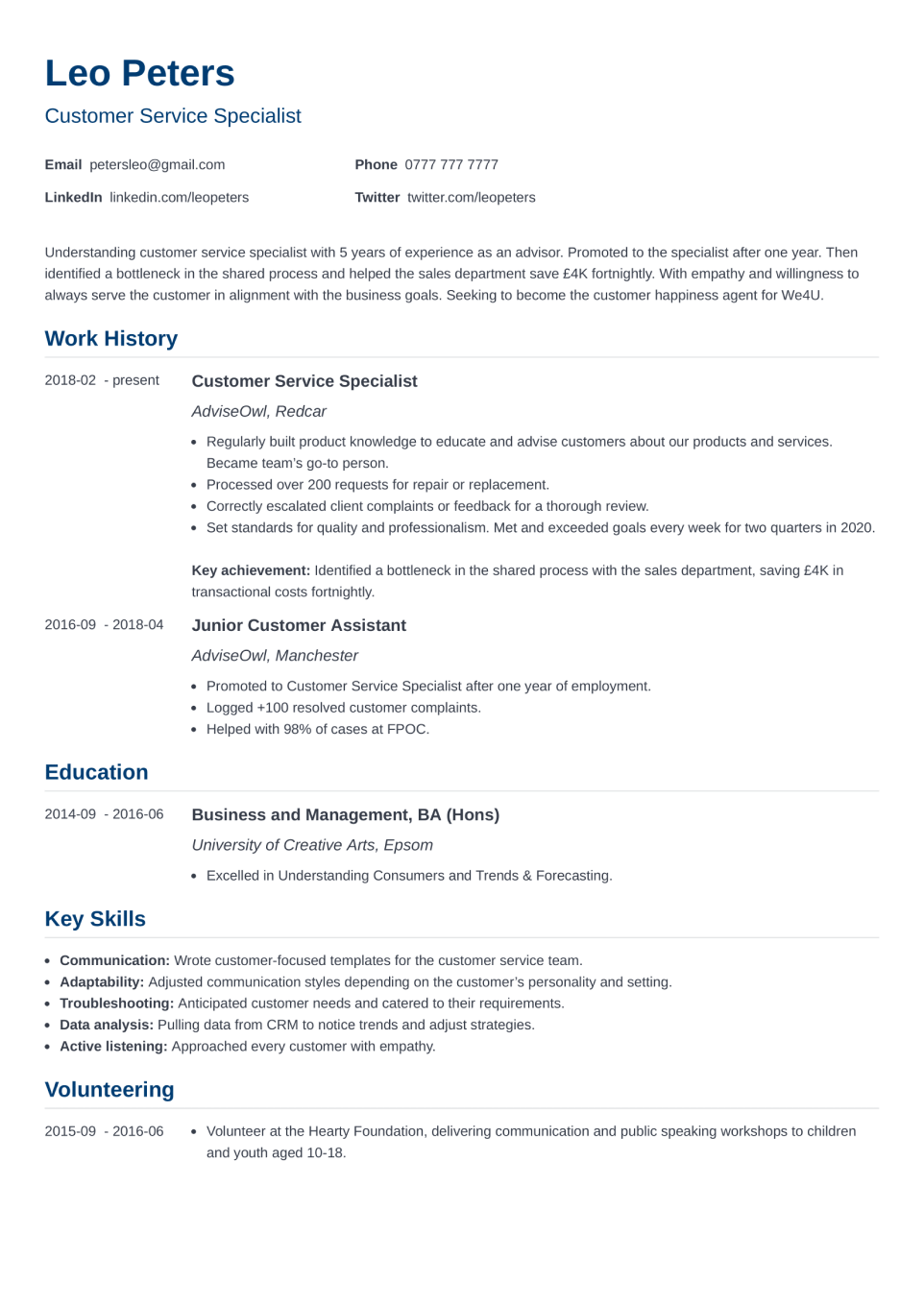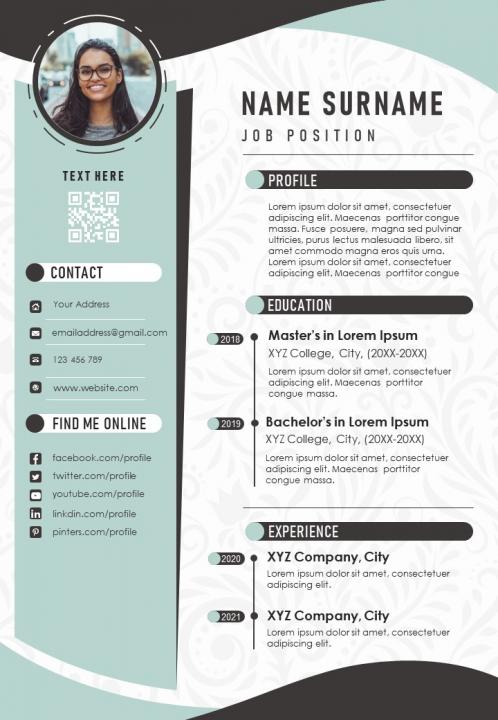Advice for writing a good CV, do you want your CV to speak for you, do you want an ideal employment opportunity? Stay glued to this article and learn how you can write a good resume.
If you have sent your resume or CV to an organization and there is no positive response coming forth from them, just know that it is your fault, your resume or CV doesn’t represent you well.
Your resume isn’t adequate and no one has ever go through it.
Be consoled because it’s a terrible scenario, getting an idea here won’t let it happen again. We would furnish you with some advice on writing a promising resume or CV that a lot of people can’t able to put it down.

CV Examples
Guide for writing a good CV
- Choose a good template and select the color that suite your CV here
- Make your CV to be modern and creative
- Select the proper CV format.
- Include your name and contact details.
- Publish your title and personal information first.
- Enter information about your qualifications and work history and relevant skills.
- Choose a good font type and size, use bullet point
- Describe your prior employment and major accomplishments.
- Include your qualifications that are important to the job posting.
- Include relevant details in the following sections.
- Includes a cover letter with your resume.
The proper way to write a curriculum vitae or a resume is as follows: at the top, include important contact information; in the summary, make a self introduction and highlight your experience and achievement; and in the body, include as many relevant details as necessary to convince the reader that you are the best candidate for the job.
We’ll go over how to complete each of the procedures listed above for creating the best CV below.
What is a CV?
Curriculum Vitae, which is a Latin word for “the course of life,” is what CV stands for in its entire form. CV refers to a document used for the purposes of acedemic activities or job in the US, Canada, and Australia.
A CV in short form also stands for curriculum vitae, and other than its length and purpose in a some of the English-speaking countries, a CV is also the same meaning as a resume.

Curriculum Vitae
What are the differences between a CV and a resume?
Let me give an example, once and for all:
Nowadays, there is hardly any formal distinction between a CV and a resume in the hiring market. It’s the same thing that Americans and Britons refer to as a resume.
Consequently, if you’re applying to a company in Europe, you need to apply with a CV. But you need a résumé if you’re applying to a company with a US address.
You must have it in mind that CV is not a cover letter, and vice versa. While a cover letter is essentially a full-fledged marketing campaign, a curriculum vitae lists your employment experience, educational background, and talents.
It is uncertain to consider that, on average, 250 other applicants vie for every job you apply for.
Assume you are the recruiter and you have 250 job applications to review. Do you read them all carefully? I think you don’t, of course.
Recruiters spend only 6 seconds scanning each CV. So the very first impression is key. You’ll persuade the recruiters to give your CV more attention if you provide a neat, well-organized document. On the other hand, a poorly structured CV will cause you to be overlooked during the initial inspection.
Below is the right CV format.
You have to start with creating an outline for your CV by dividing it into some sections:
CV: Proper Order of Sections
- CV Header with contact information
- Personal Profile: CV Objective or CV Summary
- working experience
- Education
- Skills
- Additional Sections
Tips: Put your education section above your work experience if you’re just out of college and need to build a CV with no experience, or if you’ve graduated from a very prestigious university within the last five years.
Choose clear, legible fonts
If you prefer sans-serif fonts, use Arial, Tahoma, or Helvetica; if serif fonts are more your style, use Times New Roman or Book man Old Style.
Choose a font size of 11 to 12 pt and a single spacing. For your name and section titles, pick a 14 to 16-pt font size.
Be consistent with your CV layout
Set one-inch margins for all four sides.
Ensure the headings of your CV is uniform. Make it bigger and bold also make use of italics and underlining.
Stick to a single date format on your CV: for example, 11-2017, or November 2017.
Make sure you don’t cram your CV with gimmicky graphics
Your CV should be printed in black ink on a white paper when you send it out. The use of too many images could obstruct reading, so abstain from using images.
Get photos off of your CV
Unless you’re explicitly asked to include your photographs in the job ad.
If so—make sure to use a professional-looking picture, but not as stiff as an ID photo.
Make your CV brief and relevant
Don’t be one of the jobseekers trapped in the 1990s who believes their resumes must contain every single nuance of their lives.
I hope this article have helped you in terms of Advice for Writing a good CV and Examples.
If you have learned from this article, you can read more similar article here Student Loan Act and its benefit







